Alexander Nevsky Cathedral
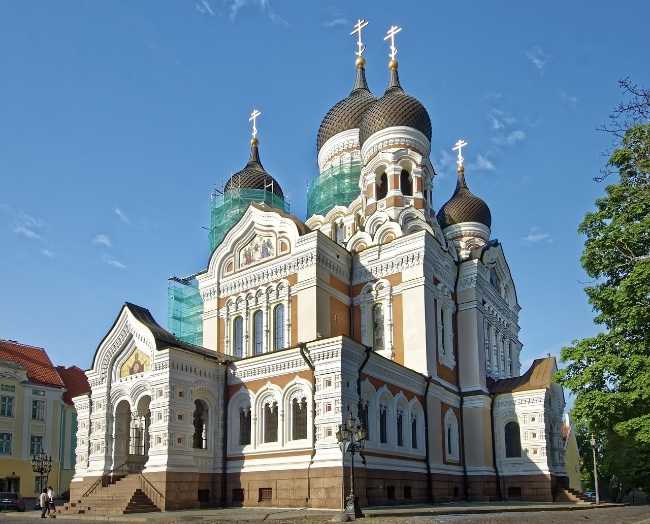
Perched atop Toompea Hill, the Alexander Nevsky Cathedral is one of Tallinn’s most iconic landmarks and a striking symbol of the city’s layered history. Built between 1894 and 1900 during Estonia’s time under Russian rule, the cathedral was designed in the Russian Revival style by architect Mikhail Preobrazhensky. Its five onion domes, ornate façade, and richly decorated interior reflect the grandeur of Orthodox tradition. Dedicated to the Russian saint and military hero Alexander Nevsky, the cathedral was strategically placed opposite Toompea Castle as a statement of imperial power. Despite its controversial origins, it has become an integral part of Tallinn’s skyline and cultural fabric. Inside, visitors can admire gilded iconostases, stained glass, and eleven bells cast in St. Petersburg, including the largest in Estonia. Today, the cathedral remains an active place of worship for the Estonian Orthodox Church of the Moscow Patriarchate and a popular destination for those drawn to its architectural beauty and historical resonance.
Tallinn EstoniaAlexander Nevsky Cathedral is located at Lossi plats 10, atop Toompea Hill in central Tallinn, directly opposite the Estonian Parliament buildings and a short walk from the heart of Tallinn’s Old Town. This grand Russian Orthodox cathedral, completed in 1900, is renowned for its striking onion domes, ornate interiors, and historical significance as a symbol of the city’s Russian heritage. The cathedral’s prominent hilltop position makes it a key landmark visible from across the city and a popular stop for visitors interested in Tallinn’s religious and architectural history. Nearby, you’ll find several of Tallinn’s most notable attractions, including Toompea Castle, Danish King’s Garden, St. Mary’s Cathedral, Patkuli Viewing Platform, and the Kiek in de Kök Fortification Museum. The area is also home to charming parks, art museums, and scenic viewpoints overlooking the medieval rooftops of Old Town, making the cathedral an essential part of any exploration of Tallinn’s historic and cultural core.
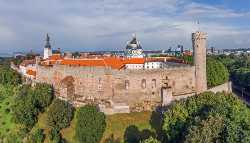 Toompea Castle
Tallinn
Toompea Castle
Tallinn
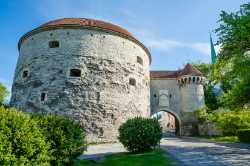 Fat Margaret Tower
Tallinn
Fat Margaret Tower
Tallinn
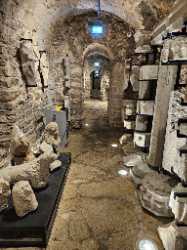 Kiek in de Kök & Bastion Tunnels
Tallinn
Kiek in de Kök & Bastion Tunnels
Tallinn
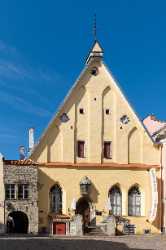 Estonian History Museum
Tallinn
Estonian History Museum
Tallinn
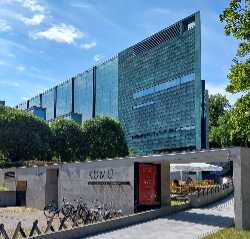 Kumu Art Museum
Tallinn
Kumu Art Museum
Tallinn
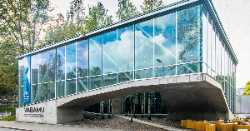 Vabamu Museum of Occupations and Freedom
Tallinn
Vabamu Museum of Occupations and Freedom
Tallinn
 Estonian Maritime Museum
Tallinn
Estonian Maritime Museum
Tallinn
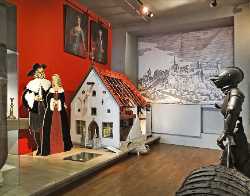 Tallinn City Museum
Tallinn
Tallinn City Museum
Tallinn
 Children’s Museum Miiamilla
Tallinn
Children’s Museum Miiamilla
Tallinn
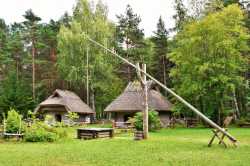 Estonian Open Air Museum
Tallinn
Estonian Open Air Museum
Tallinn
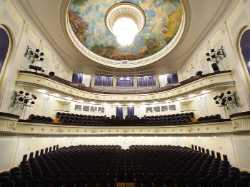 Estonian National Opera
Tallinn
Estonian National Opera
Tallinn
 Russian Theatre
Tallinn
Russian Theatre
Tallinn
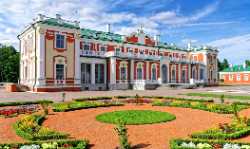 Kadriorg Art Museum
Tallinn
Kadriorg Art Museum
Tallinn
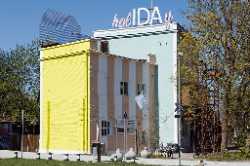 Contemporary Art Museum of Estonia
Tallinn
Contemporary Art Museum of Estonia
Tallinn
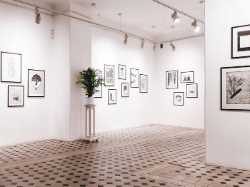 Draakoni Gallery
Tallinn
Draakoni Gallery
Tallinn
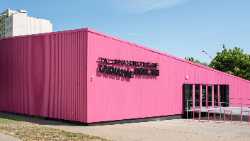 Tallinn Art Hall
Tallinn
Tallinn Art Hall
Tallinn
 Kadriorg Palace
Tallinn
Kadriorg Palace
Tallinn
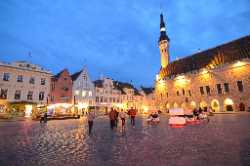 Town Hall Square
Tallinn
Town Hall Square
Tallinn
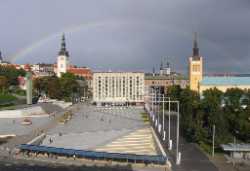 Freedom Square
Tallinn
Freedom Square
Tallinn
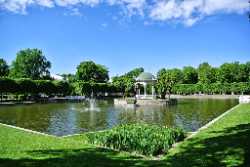 Kadriorg Park
Tallinn
Kadriorg Park
Tallinn
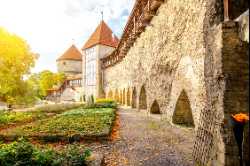 Danish King's Garden
Tallinn
Danish King's Garden
Tallinn
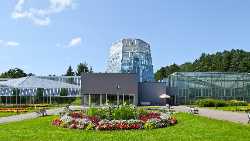 Botanic Garden of Tallinn
Tallinn
Botanic Garden of Tallinn
Tallinn
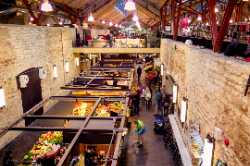 Balti Jaama Turg
Tallinn
Balti Jaama Turg
Tallinn
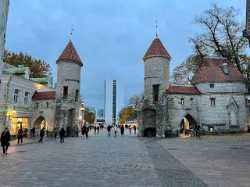 Viru Street
Tallinn
Viru Street
Tallinn
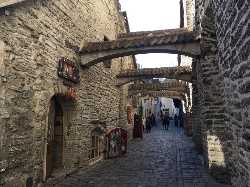 St. Catherine’s Passage
Tallinn
St. Catherine’s Passage
Tallinn
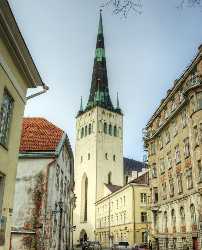 St. Olaf’s Church
Tallinn
St. Olaf’s Church
Tallinn
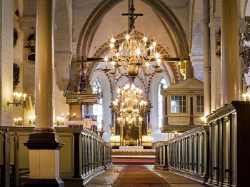 St. Mary’s Cathedral
Tallinn
St. Mary’s Cathedral
Tallinn
 Tallinn Old Town
Tallinn
Tallinn Old Town
Tallinn
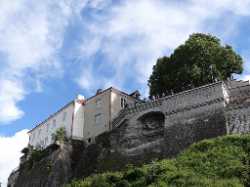 Patkuli Viewing Platform
Tallinn
Patkuli Viewing Platform
Tallinn
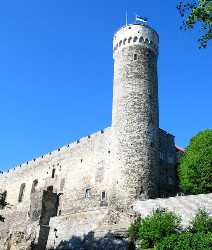 Pikk Hermann Tower
Tallinn
Pikk Hermann Tower
Tallinn
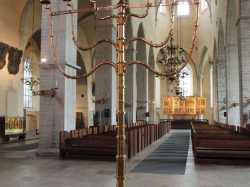 Niguliste Museum
Tallinn
Niguliste Museum
Tallinn
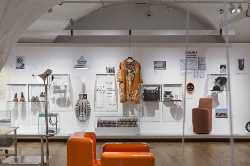 Estonian Museum of Applied Art and Design
Tallinn
Estonian Museum of Applied Art and Design
Tallinn
 Estonian Museum of Natural History
Tallinn
Estonian Museum of Natural History
Tallinn
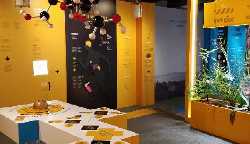 Estonian Health Museum
Tallinn
Estonian Health Museum
Tallinn
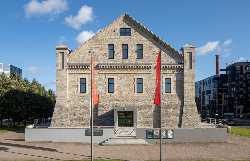 Estonian Museum of Architecture
Tallinn
Estonian Museum of Architecture
Tallinn
 Seaplane Harbour
Tallinn
Seaplane Harbour
Tallinn
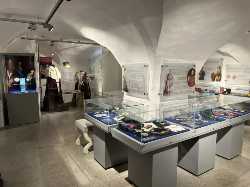 Tallinn Museum of Orders of Knighthood
Tallinn
Tallinn Museum of Orders of Knighthood
Tallinn
 Chocolala Chocolate Museum
Tallinn
Chocolala Chocolate Museum
Tallinn
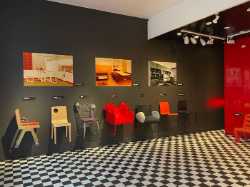 Design & Architecture Gallery
Tallinn
Design & Architecture Gallery
Tallinn
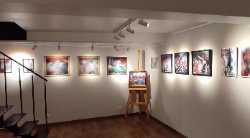 Haus Gallery
Tallinn
Haus Gallery
Tallinn
 Rataskaevu 6 Art
Tallinn
Rataskaevu 6 Art
Tallinn
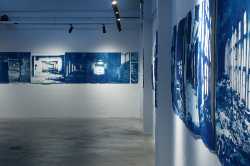 ArtDepoo Gallery
Tallinn
ArtDepoo Gallery
Tallinn
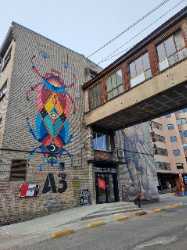 Telliskivi Creative City
Tallinn
Telliskivi Creative City
Tallinn
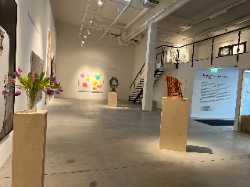 Vaal Gallery
Tallinn
Vaal Gallery
Tallinn
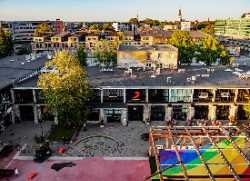 Telliskivi Creative City’s Gallery
Tallinn
Telliskivi Creative City’s Gallery
Tallinn
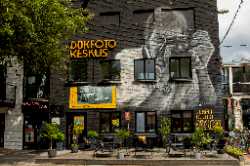 Juhan Kuus Documentary Photography Centre
Tallinn
Juhan Kuus Documentary Photography Centre
Tallinn
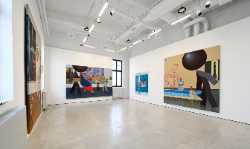 Temnikova & Kasela Gallery
Tallinn
Temnikova & Kasela Gallery
Tallinn
 Tütar Gallery
Tallinn
Tütar Gallery
Tallinn
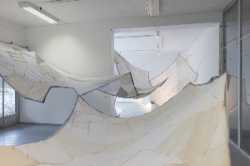 Uus Rada Gallery
Tallinn
Uus Rada Gallery
Tallinn